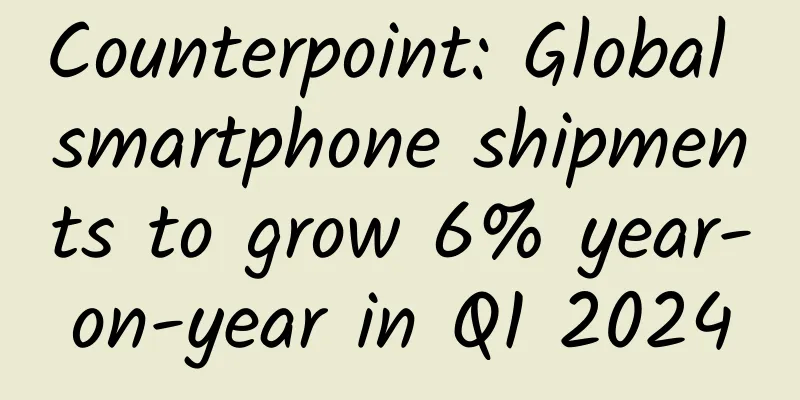eMarketer: The impact of mobile phones on users' shopping paths

|
The proportion of users using smartphones and tablets to achieve shopping goals is increasing, but these devices play different roles in the user's purchase path. According to research by Google, Foresee, and Nielsen, shoppers use mobile channels to conduct product research and then complete the purchase in offline stores; they also use mobile phones to research products on the go and then purchase them through PCs or tablets. Nielsen's 2011 Q3-Q4 U.S. Digital Consumer Report shows that 29% of smartphone users use their phones to engage in shopping-related activities. The most common mobile shopping activities include in-store price comparison (38%), browsing products through mobile pages or apps (38%), and reading online product reviews (32%). A post-holiday study by Google and Ipsos OTX in 2011 showed that users use their smartphones at multiple stages of the shopping process. For example, 46% of smartphone users said they research products on their smartphones and then buy them in stores, and 37% said they research products on their smartphones and then buy them on their computers. Holiday shopping data shows that mobile devices have played an important role in users' purchasing process, regardless of the purchase channel. Google's research also shows that 41% of smartphone users have researched products and completed purchases on their phones. This data is higher than that of other research institutions. For example, Foresee's data in January 2012 showed that during the 2011 holiday shopping season, only 15% of online shoppers used their phones to buy, and mobile phones are usually used as research and price comparison tools. However, Google/Ipsos OTX studied smartphone users, while ForeSee studied online shoppers, a large portion of whom may still use feature phones. Whether users buy on their phones or other channels, Todd Pollak, head of retail at Google, told eMarketer that retailers need to improve the way they connect the mobile experience with the in-store or online shopping experience. Todd Pollak said that retailers' investment in mobile is still half a beat behind users. Although the user's path to purchase in a multi-channel environment is still unclear, Pollak encourages marketers to consider factors such as the user's distance from the store, day and time. For example, tablet usage peaks after work, while smartphone usage peaks on weekends. Developing strategies based on this data can help mobile marketers provide more targeted and personalized marketing activities to drive user consumption. |
<<: How to use visual social media for marketing interactions
>>: VisionMobile: 5 steps for cross-platform development
Recommend
Is mugwort harmful to pregnant women?
The plant mugwort can be used as a traditional Ch...
What are the treatments for adenomyomatosis?
Different diseases have different stages of devel...
The harm of long-term irregular menstruation
Menstruation is a physiological phenomenon that o...
What are the reasons for a woman's fever?
Everyone's physical condition and constitutio...
What to do if a pregnant woman has stomachache after eating ice cream
There are many things that pregnant women need to...
Is high estrogen normal in pregnant women?
Pregnancy is a major event in a woman's life....
World Health Day | What can we do in our daily lives to develop good hygiene habits?
April 7th of every year is World Health Day. What...
Identify gynecological diseases by looking at the color of leucorrhea. Three major gynecological diseases that need to be treated before pregnancy
Although female leucorrhea is a normal secretion,...
Recurrence of cervical polyps
Uterine polyps are a relatively common gynecologi...
How long does it take to have normal menstruation after giving birth and what to pay attention to
The incidence of menstrual problems cannot be und...
Hell is Other People comics
With the launch of the Korean drama "Hell Is...
Where is the ampulla of the fallopian tube?
Because female friends have a unique physical con...
How Much Do You Know About Frostbite During Sports?
The recent Beijing Winter Olympics has inspired e...
Effective ways to prevent anemia during pregnancy
Anemia during pregnancy, a common health problem ...
How to prevent hemolysis if the woman has type O blood
O-type blood is a very common blood type, but wom...



![[Women's Health] There are five great benefits for women to drink brown sugar water regularly!](/upload/images/67ce21b31cc9f.webp)





